Refine search
Actions for selected content:
106100 results in Materials Science

Crystal Properties via Group Theory
-
- Published online:
- 18 December 2009
- Print publication:
- 14 December 1995
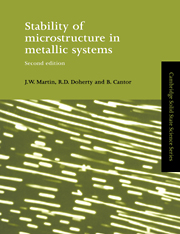
Stability of Microstructure in Metallic Systems
-
- Published online:
- 18 December 2009
- Print publication:
- 06 March 1997

Supramolecular Organization and Materials Design
-
- Published online:
- 18 December 2009
- Print publication:
- 13 December 2001
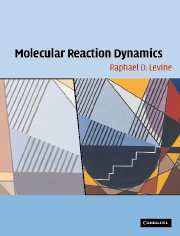
Molecular Reaction Dynamics
-
- Published online:
- 18 December 2009
- Print publication:
- 13 January 2005
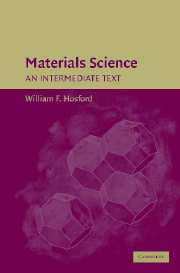
Materials Science
- An Intermediate Text
-
- Published online:
- 10 December 2009
- Print publication:
- 04 December 2006
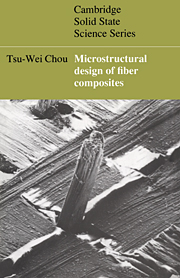
Microstructural Design of Fiber Composites
-
- Published online:
- 10 December 2009
- Print publication:
- 16 April 1992

Crystal Field Handbook
-
- Published online:
- 10 December 2009
- Print publication:
- 21 September 2000
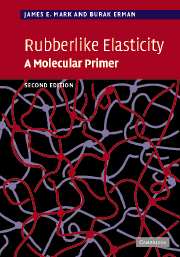
Rubberlike Elasticity
- A Molecular Primer
-
- Published online:
- 04 December 2009
- Print publication:
- 08 February 2007
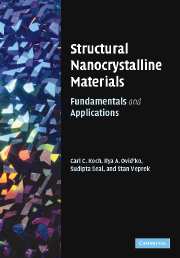
Structural Nanocrystalline Materials
- Fundamentals and Applications
-
- Published online:
- 04 December 2009
- Print publication:
- 31 May 2007
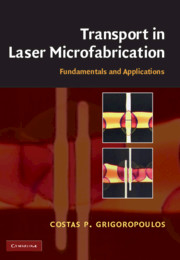
Transport in Laser Microfabrication
- Fundamentals and Applications
-
- Published online:
- 04 December 2009
- Print publication:
- 30 July 2009

Shock Compression of Condensed Materials
-
- Published online:
- 03 December 2009
- Print publication:
- 04 June 1998

Introduction to Conventional Transmission Electron Microscopy
-
- Published online:
- 02 December 2009
- Print publication:
- 27 March 2003
Make the MRS “House” Your Home
-
- Journal:
- MRS Bulletin / Volume 34 / Issue 12 / December 2009
- Published online by Cambridge University Press:
- 31 January 2011, p. 891
- Print publication:
- December 2009
-
- Article
-
- You have access
- Export citation
Volatilization of alkali ions and effects of molecular weight of polyvinylpyrrolidone introduced in solution-derived ferroelectric K0.5Na0.5NbO3 films
-
- Journal:
- Journal of Materials Research / Volume 24 / Issue 12 / December 2009
- Published online by Cambridge University Press:
- 31 January 2011, pp. 3516-3522
- Print publication:
- December 2009
-
- Article
- Export citation
Pinning Down Superconductivity to a Single Layer
-
- Journal:
- MRS Bulletin / Volume 34 / Issue 12 / December 2009
- Published online by Cambridge University Press:
- 31 January 2011, pp. 893-894
- Print publication:
- December 2009
-
- Article
-
- You have access
- Export citation
Self-organized nanotubular layer on Ti–4Zr–22Nb–2Sn alloys formed in organic electrolytes
-
- Journal:
- Journal of Materials Research / Volume 24 / Issue 12 / December 2009
- Published online by Cambridge University Press:
- 31 January 2011, pp. 3647-3652
- Print publication:
- December 2009
-
- Article
- Export citation
Cooperative shear and catastrophic fracture of bulk metallic glasses from a shear-band instability perspective
-
- Journal:
- Journal of Materials Research / Volume 24 / Issue 12 / December 2009
- Published online by Cambridge University Press:
- 31 January 2011, pp. 3620-3627
- Print publication:
- December 2009
-
- Article
- Export citation
The Chemistry of Single-Walled Nanotubes
-
- Journal:
- MRS Bulletin / Volume 34 / Issue 12 / December 2009
- Published online by Cambridge University Press:
- 31 January 2011, pp. 950-961
- Print publication:
- December 2009
-
- Article
- Export citation
Anisotropic design of a multilayered biological exoskeleton
-
- Journal:
- Journal of Materials Research / Volume 24 / Issue 12 / December 2009
- Published online by Cambridge University Press:
- 31 January 2011, pp. 3477-3494
- Print publication:
- December 2009
-
- Article
- Export citation
Sol-gel-derived glass scaffold with high pore interconnectivity and enhanced bioactivity
-
- Journal:
- Journal of Materials Research / Volume 24 / Issue 12 / December 2009
- Published online by Cambridge University Press:
- 31 January 2011, pp. 3495-3502
- Print publication:
- December 2009
-
- Article
- Export citation
